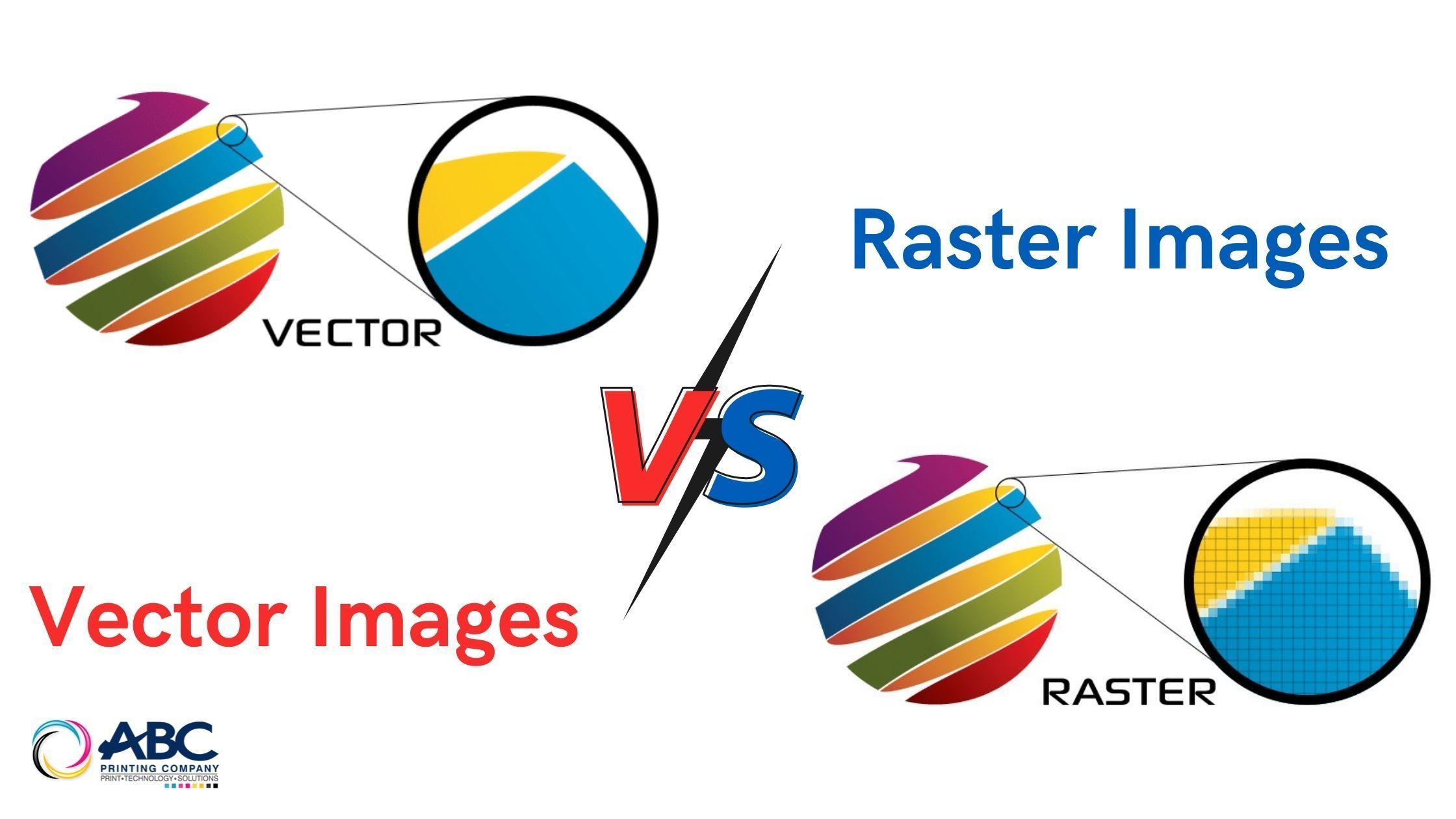

The majority of freehand digital illustration is done in raster.ĭigital painting in raster, done in Krita. Most art online is raster to begin with, or vector art that was rasterized, because browsers don’t display vector files. Photographs and digital drawings and paintings are usually raster. (See our introductory article about art tablets) Uses of raster files Raster programs include Photoshop, Sketchbook, Gimp. Raster image file types (this is not all of them but the main ones): Despite the inconveniences, drawing freehand using raster graphics feels more similar to drawing on paper than drawing in vector does. Large, high-res images can slow down your computer, especially when you use a lot of layers in your drawing program. Raster images cannot be enlarged without losing some information, resulting in fuzzy, “pixelated” images. Online images are usually 72ppi (often called dpi–though the terms are used interchangeably, there is some difference in meaning, but people know this and will understand). A computer can handle that with no problem.Įarly computer games were made with pixel art, which has a pleasing, toylike look whose popularity has resurfaced in films like Wreck-it Ralph. To see pixels, you need to zoom way in.Ī 6″ x 6″ image at 300 dpi is is 1800 x 1800px or 324,000,000 million pixels! That’s a lot of information. To understand pixels, think of a Chuck Close portrait, made of tiny little squares whose edges are invisible unless seen very close up. Using Photoshop or another image editor, you can zoom in and see an individual pixel. Pixels are tiny squares expressed in points per inch, also called dots per inch (ppi or dpi).


 0 kommentar(er)
0 kommentar(er)
